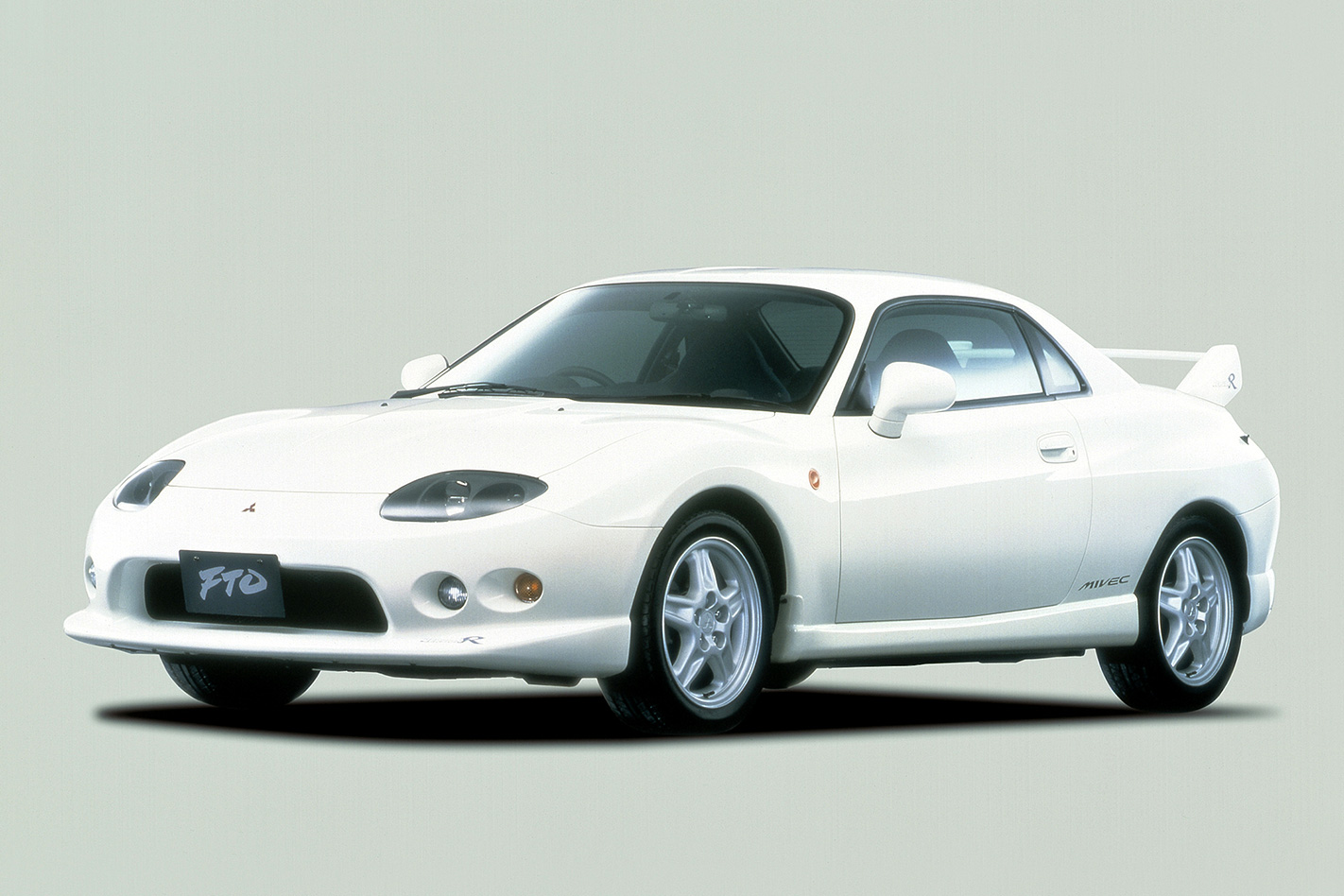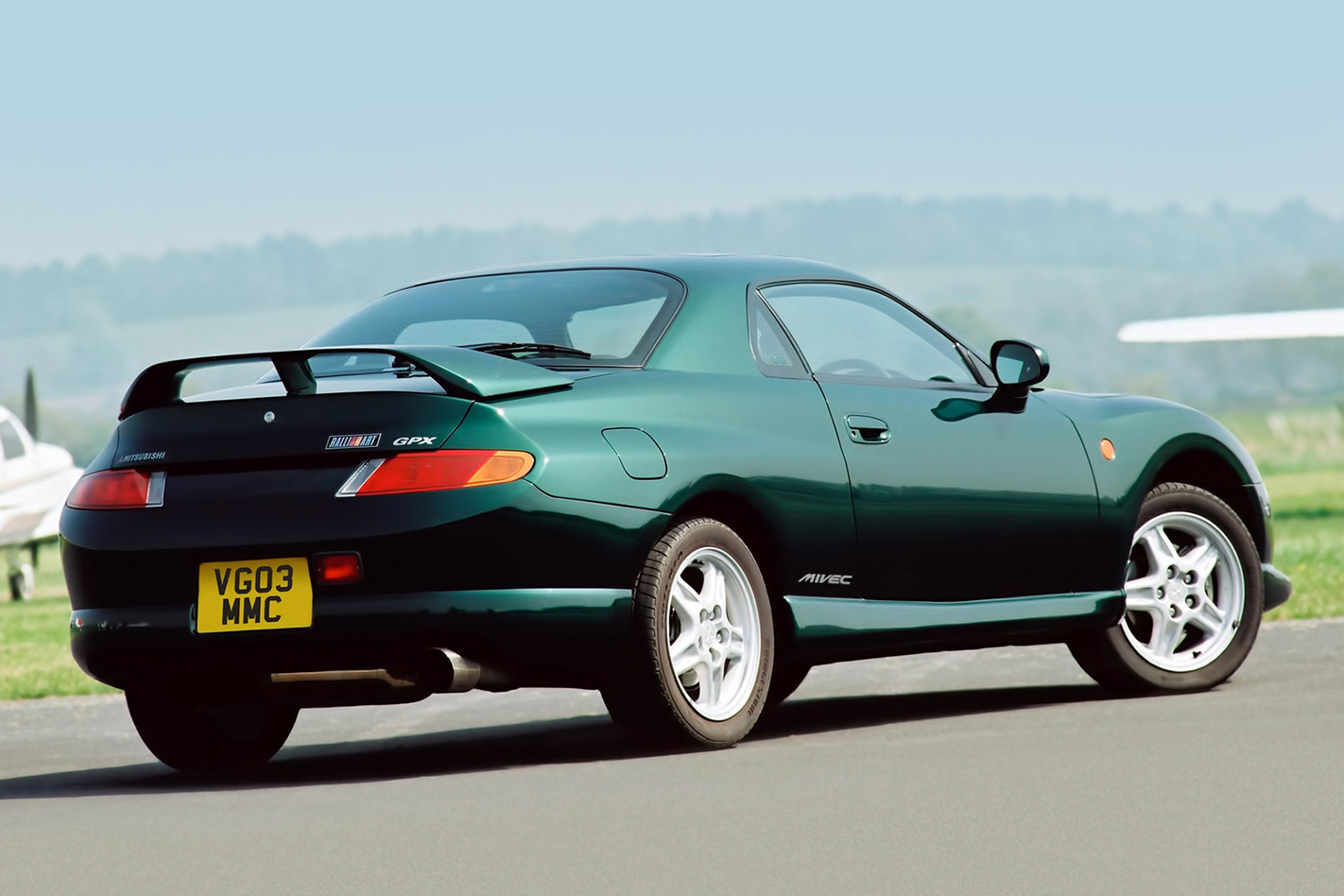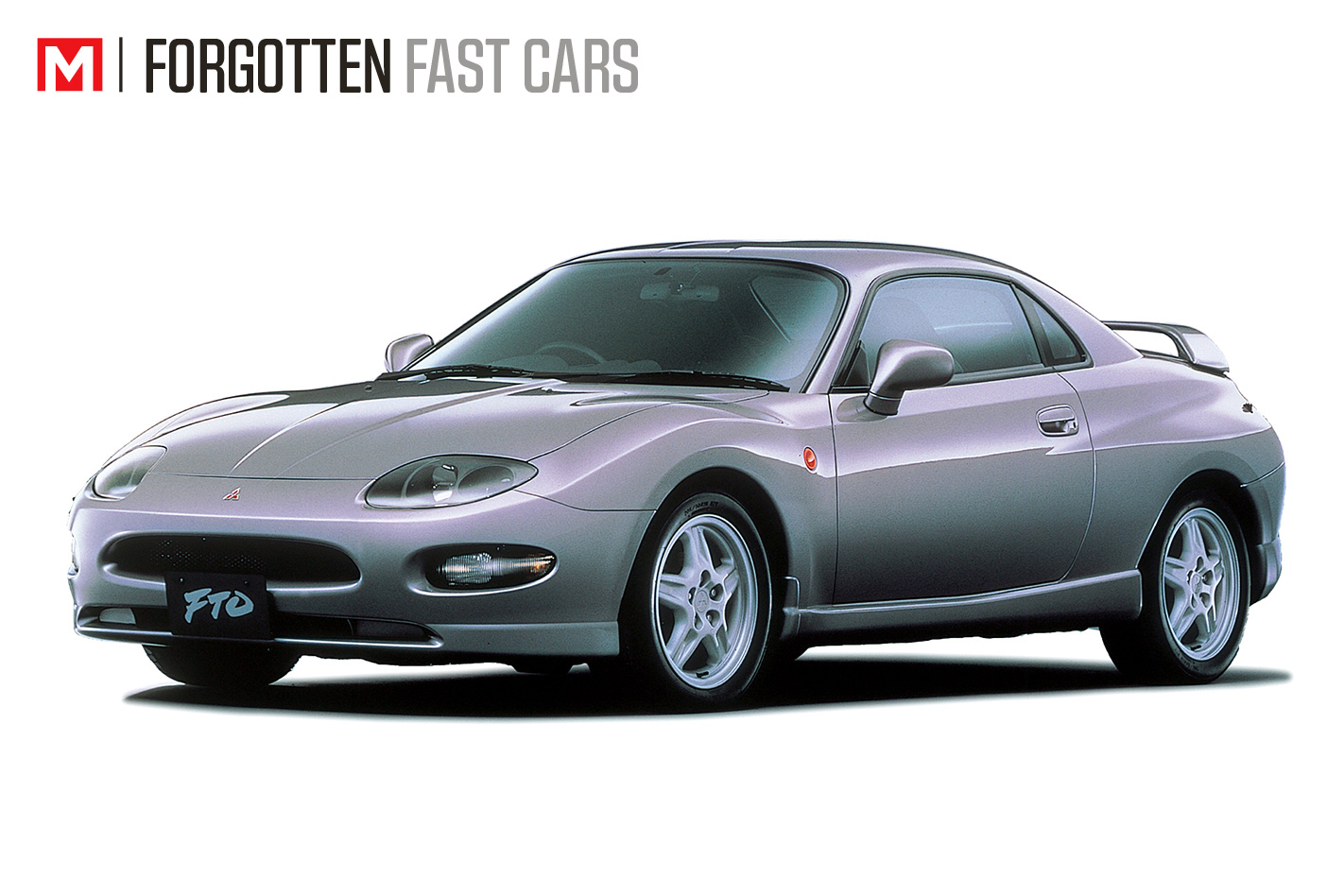The Honda DC2 Integra Type R is the poster child for 1990s front-drive excellence, but its Japanese compatriot, the Mitsubishi FTO, is arguably the more interesting proposition.
Overshadowed by its four-wheel drive, turbocharged Lancer Evolution big brother, the FTO was for most of its life limited to the Japanese domestic market but did escape to other markets and also had a grey import presence locally.

Where the FTO differed from its rivals most significantly is under the bonnet. While it was available with a rather underwhelming 1.8-litre SOHC four-cylinder, the vast majority used a 2.0-litre DOHC V6 that produced 125kW at 7000rpm or 147kW at 7500rpm when fitted with Mitsubishi’s MIVEC variable valve timing system. MIVEC models also used larger front brakes while a choice of manual or automatic transmission was available, the former a five-speed and the latter a four-speed pre-facelift and five-speed post.
Almost 37,000 FTOs were built over its seven-year lifespan (1994-2000) but some are more desirable than others.
Pick of the pre-facelift (1994-97) variants is the GPX Limited Edition, commonly known as the ‘COTY’ as it celebrated of the FTO’s 1994 Japanese Car of the Year win, and featured a limited-slip differential.

Trouble is, only 20 manuals were made (as well as 187 autos) so it might be easier to find a Nakaya-Tune, named after Japanese racing driver Akihiko Nakaya, a name that will be familiar to Best Motoring fans.
These cars scored a new exhaust, better brake pads and Ohlins suspension with 300 produced in total.
Pick of the litter is the post-facelift GP Version R. Available in three colours (red, white and black), thicker anti-roll bars (20mm at both ends, HID headlights, FTO monogrammed front seats, Torsen limited-slip diff (rather than the earlier viscous) and a new rear spoiler made this the ultimate FTO and 542 were built.
1994 Mitsubishi FTO Specs
Engine: 1998cc V6, DOHC, 24v Power: 147kW @ 7500rpm Torque: 200Nm @ 6000rpm 0-100km/h: 7.3sec (est) Top Speed: 193km/h






